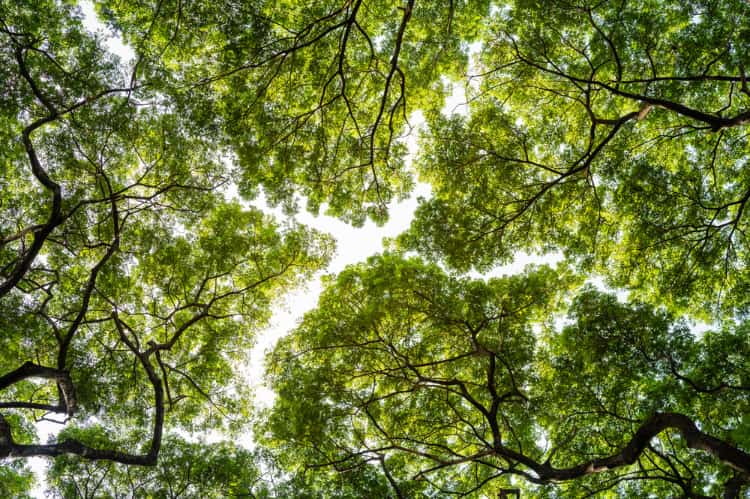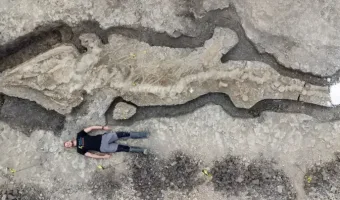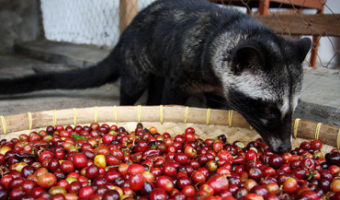Tree Mystery of Crown Shyness: “Anti-Social” Trees that Avoid Touching each Other
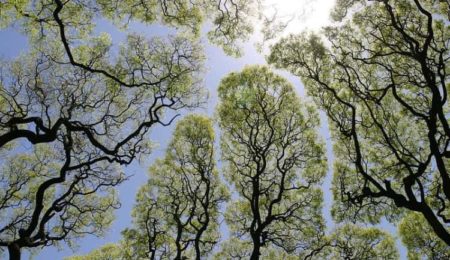
Privacy or social distancing are familiar terms for humans. But have you ever heard of trees practicing social distancing or maintaining privacy? It wouldn’t make sense because plants do not have an intellect and lack the ability to reason like humans.
But among the many mysteries of nature, there is an interesting phenomenon in some trees where they do practice physical distancing. Weird as it sounds, this behavior is called “crown shyness”. Trees that exhibit this behavior deliberately stop the growth of their branches just to avoid touching each other! It’s really intriguing that some trees not only sense their neighbors but even control their growth to prevent physical contact. Scientists and researchers have studied this phenomenon for many years, and here’s all that we’ve come to know about the unique behavior of crown shyness.
Table of Contents
The reason behind the tree mystery of crown shyness is still unknown.
Crown shyness is not a new discovery. It has been observed in certain species of trees for ages. But despite many years of research, the exact reason that makes some trees behave this way is unknown. What we do know so far is that it’s more prevalent in specific species (such as black mangroves) and is more likely to happen within trees of the same species. Even between trees of different species, crown shyness is rare but still possible and has been observed.
It’s really baffling how such trees are not only sensing close proximity of other tree branches but are even able to control their own growth at the right level. The explanation behind this tree mystery may still be unsolved, but researchers and experts have discussed some possible theories and explanations.
It may be to ensure the distribution of sunlight and also prevent the spread of insects.
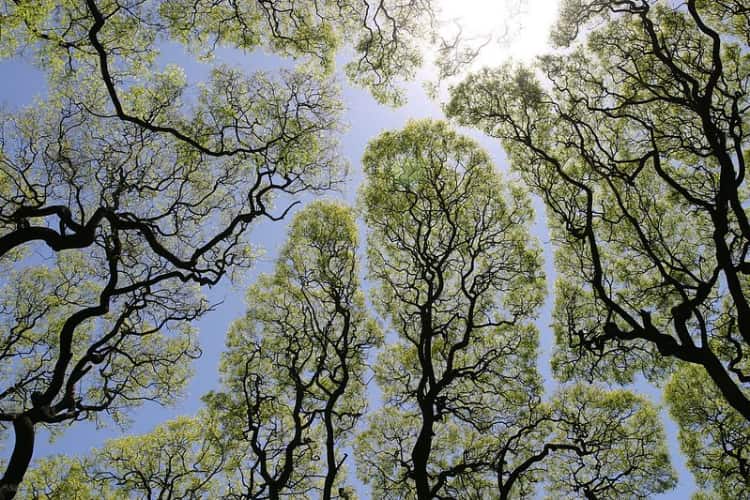
One possible explanation for crown shyness is that it could be a way for trees to avoid blocking sunlight. If branches of different trees overlap each other, the canopy will completely cover the top layer, and barely any sunlight will reach below. Some scientists believe that crown shyness occurs to allow sunlight through the gaps. This ensures that the trees can receive nutrition, thrive together, and promote mutual sustenance.
Many experts have also put forth another theory for crown shyness – to prevent the spread of insects that feed upon the leaves and branches of trees. Such insects cause substantial damage to trees in the long term. So perhaps they are keeping their distance to curb infestation from one tree to another. You can think of it as how we practiced social distancing during the pandemic.
Another theory is that it could be an acquired trait due to wind damage.
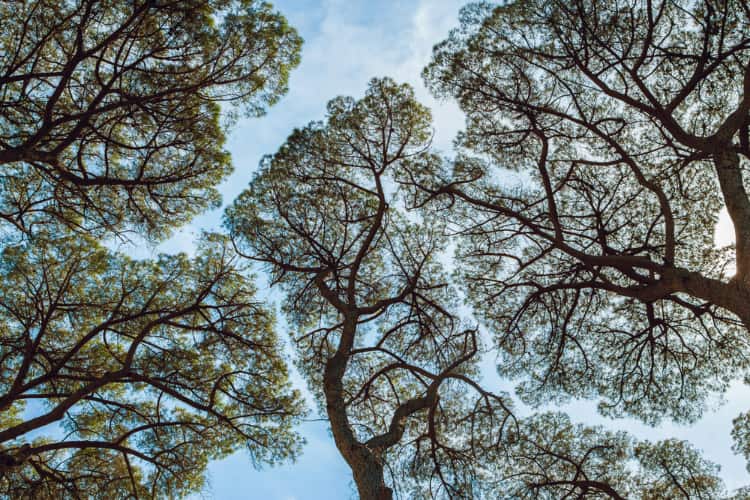
This theory suggests that when strong winds blow through a forest, they can break or damage the branches of trees. Over time, the trees may adapt to this by growing their branches in such a way as to avoid contact with other branches, in order to reduce the damage from future winds. To further support this theory, it has been observed that crown shyness is more common in areas with strong winds. Even the gap between branches tends to be larger in trees growing in windy areas compared to trees growing in calmer environments.
These theories are all plausible and logical, but none have been confirmed as the irrefutable cause of crown shyness. So, while the experts continue studying the cause of this unique tree mystery, all we can do is appreciate such wonders of nature. And if you view the top canopy from below, these trees also form magnificent patterns, like cracks in the sky!
Take a look at some more baffling phenomena among trees and plants.
1 Hair ice on dead tree logs
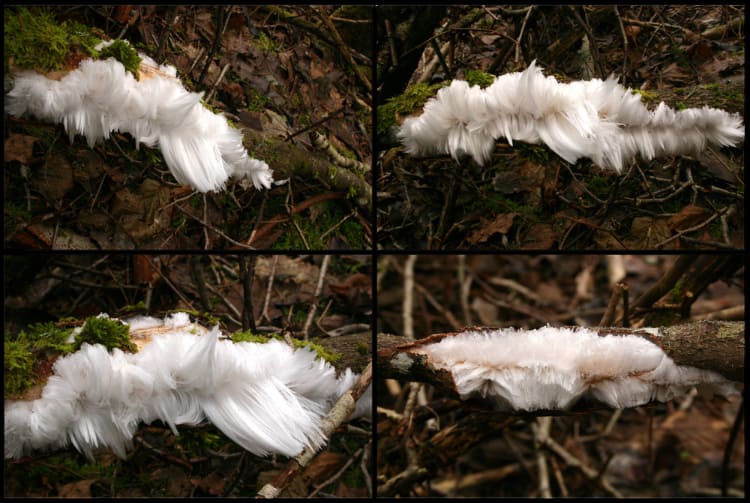
On cold winter days, thin, white, and wispy strands of ice can sometimes be seen on dead or rotting tree logs. From a distance, it looks like candy floss. On closer observation, the individual strands become more distinct and visible, like a patch of silky white hair. That’s why it has aptly been named “hair ice.†Those who observe this phenomenon for the first time will surely be surprised to see hair-like ice growing out of tree branches.
Hair ice was first observed in 1918, and for decades, the reason behind its formation was also an unexplained tree mystery. Later in 2015, it was confirmed that it was formed due to the presence of a special type of fungi called “Exidiopsis effuse.” The strands of ice are so delicate that they melt right away if someone or something touches them.
2 Deadvlei trees – dead trees that are still standing
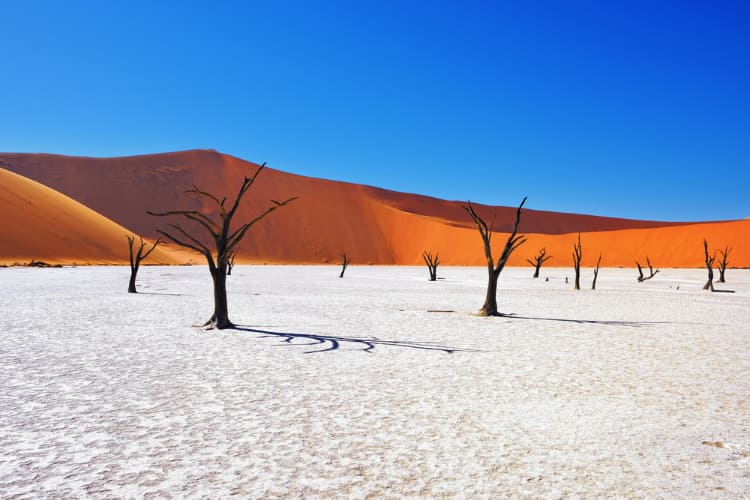
Deadvlei is a massive sand dune in Namibia that is barren, with barely any plants or animals to be found. But there are many trees that can be seen standing tall throughout the marsh. However, here’s the catch – those are not trees, or at least, not living ones. The Deadvlei trees are actually skeletons of trees that died almost 900 years ago!
This deserted marsh was once nourished by a nearby river, allowing life to thrive and plants to flourish. Around 900 years ago, the river eventually dried up due to extreme heat, and almost all forms of life perished, including the trees. The dryness and heat reached such extreme levels that the dead trees could not even decompose. Instead, their remains have been scorched black by the sun. And what stands now is almost a millennium-old display of dead, skeletal, burnt trees.
3 Welwitschia mirabilis can live for more than 1,000 years
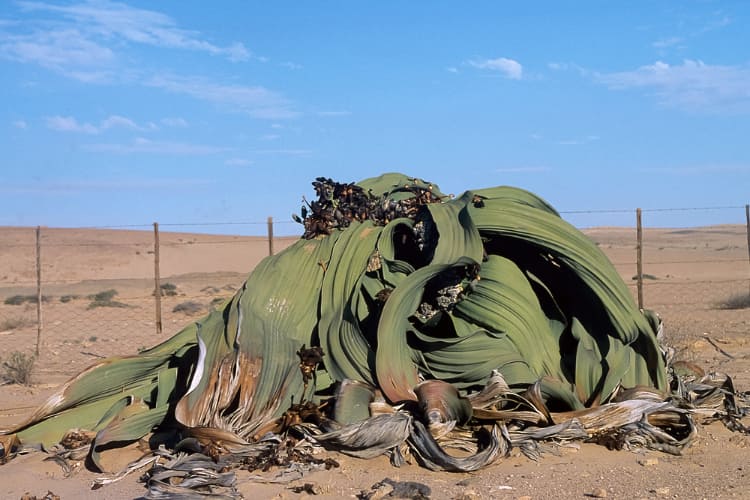
Another astounding botanical phenomenon, the Welwitschia mirabilis is a plant whose lifespan can exceed 1,000 years. In fact, some specimens live on even beyond 2,000 years! It is naturally found only in certain regions of Namibia and Angola and has adapted to surviving in barren deserts. And it doesn’t even need a lot of resources to live that long.
The plant grows only two leaves which are long, flat, and broad. These leaves gather water from moisture and receive energy and nutrition through CAM photosynthesis – a special type of photosynthesis that significantly reduces water consumption. Due to such a long lifespan, they have been nicknamed the “living fossil.â€
10 of the Biggest Flowering Plants in the World














